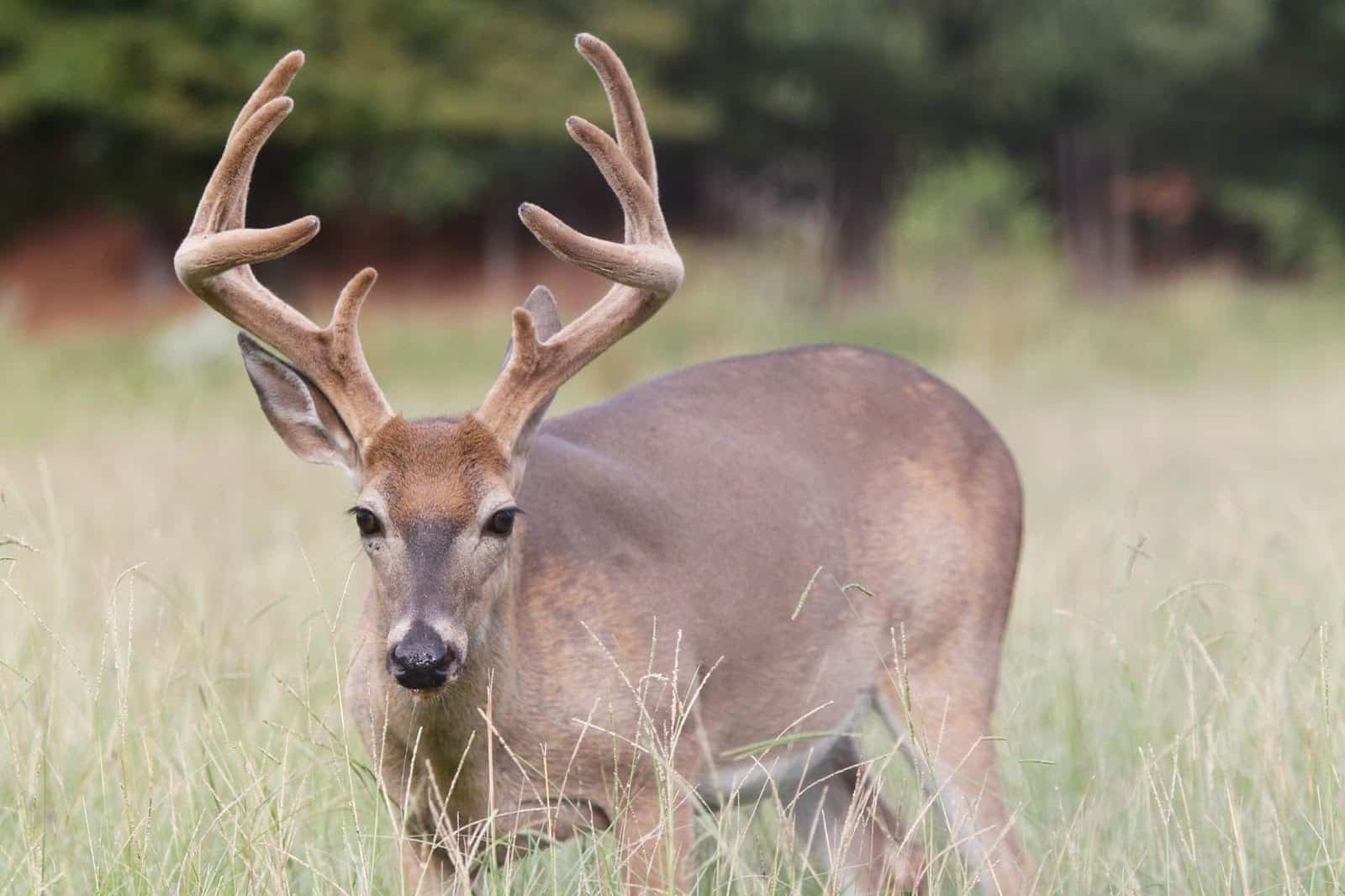AGFC honors Arkansans for outstanding contributions to conservation
ON 05-25-2022
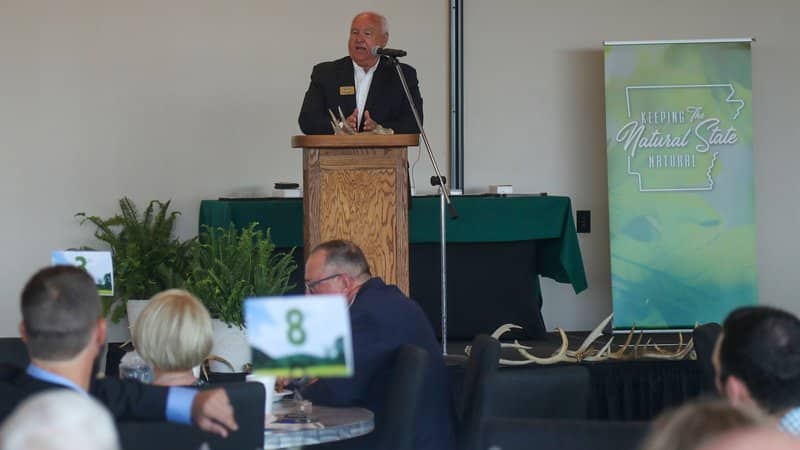
May 25, 2022
Randy Zellers
Assistant Chief of Communications
LITTLE ROCK — The Arkansas Game and Fish Commission took time last week to offer a special “Thank You” to seven landowners and organizations involved in restoration and management of vital wildlife habitat on private land throughout The Natural State.
Arkansas is blessed with more than 3 million acres of public land for wildlife and outdoor recreation, but that is only a small fraction of the state’s 33-million-acre landmass. With nearly 90 percent of Arkansas’s land being in private ownership and thousands of miles of streams and rivers flowing through private property, habitat management can’t be done on public land alone.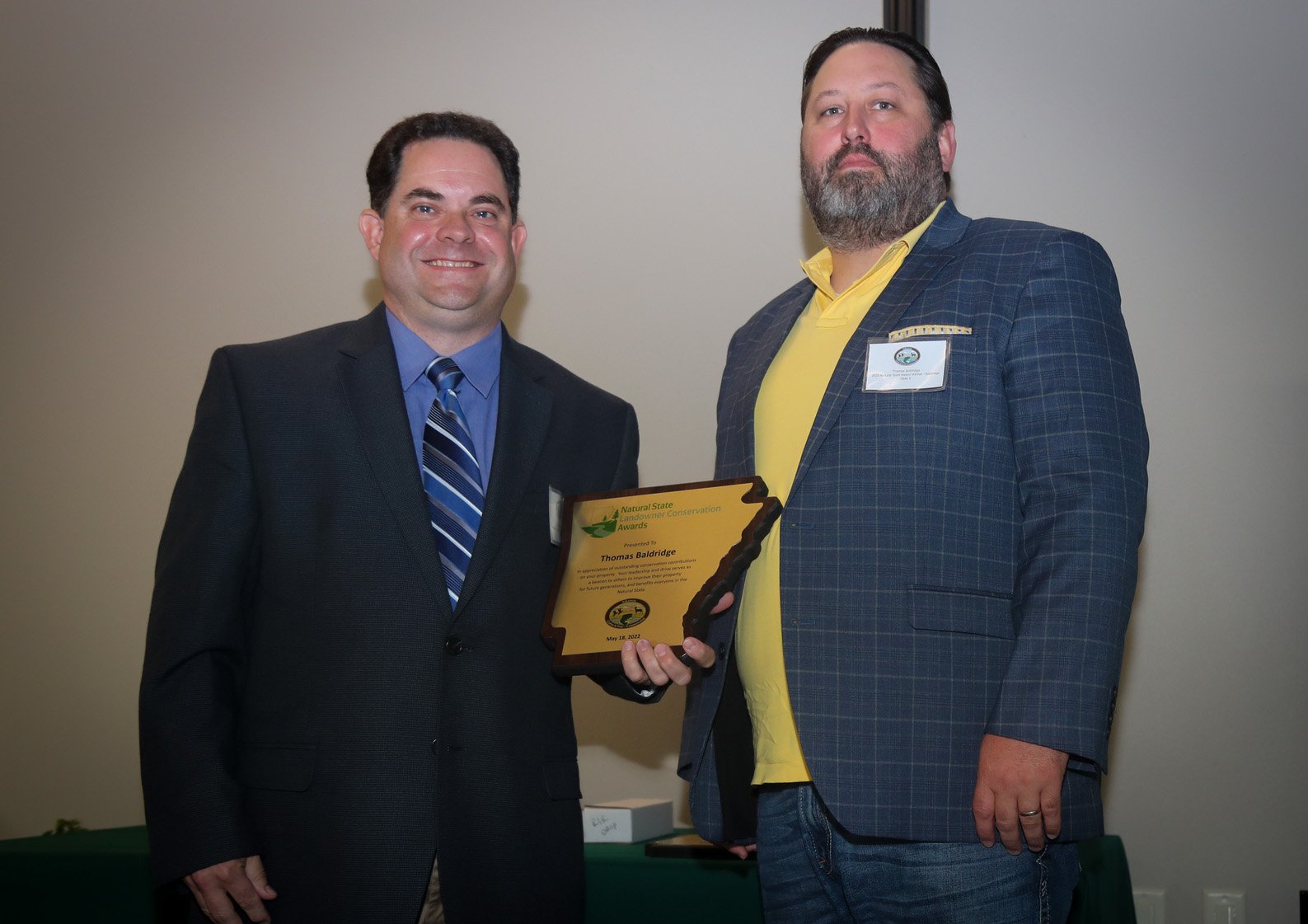
Thomas Baldridge owns 440 acres in White County near Romance. Baldridge has used multiple programs and professionals from various organizations to improve his property for many wildlife species. Not only has he improved the wildlife habitat on his property, but he preaches what he practices. Baldridge has been an active proponent of wildlife and habitat management, both through social media and by visiting in person with anyone who might share a similar mission.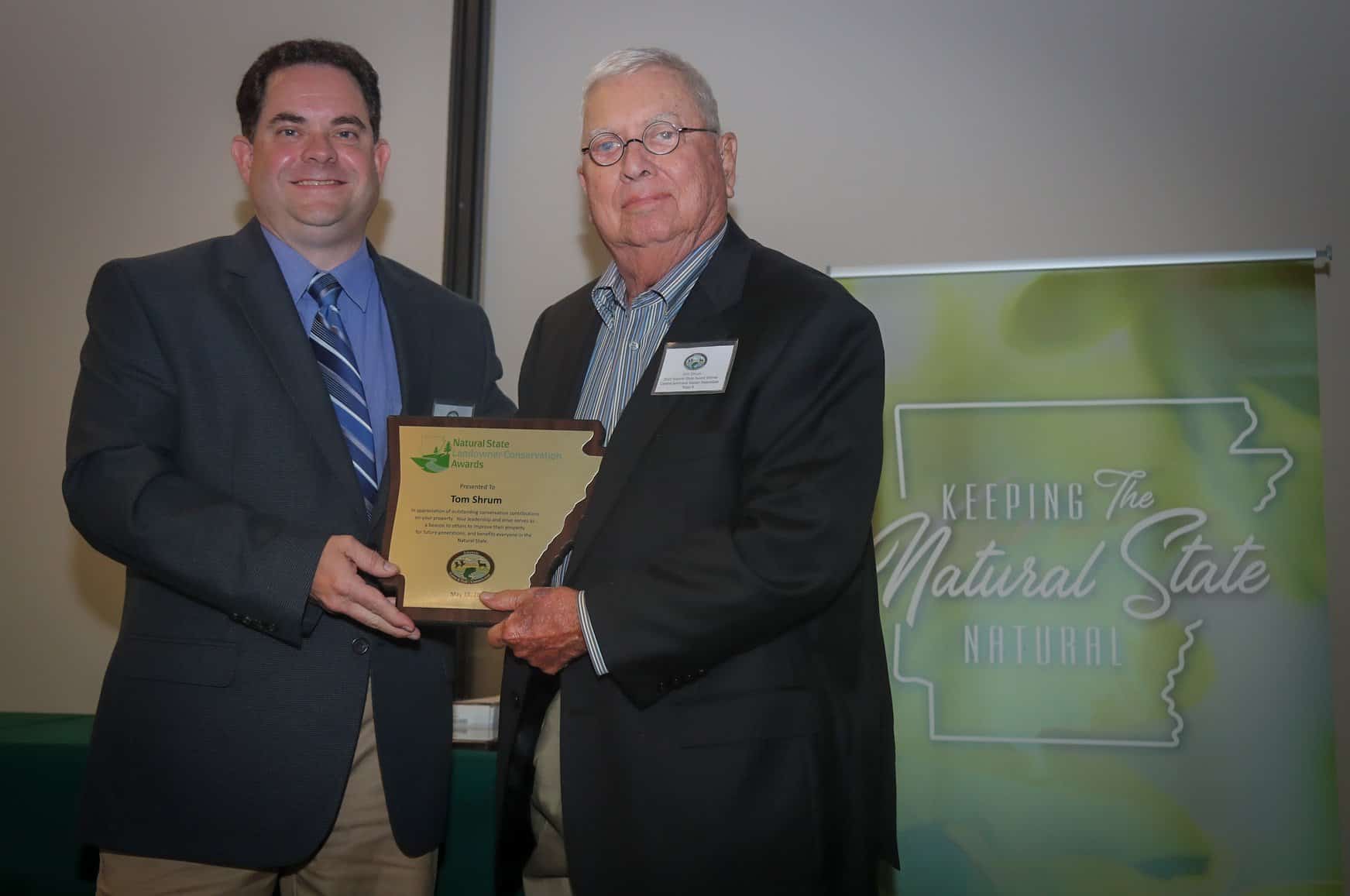
Tom Shrum owns 800 acres in Madison County near Huntsville. He and his son, Travis, have been passionate about improving the wildlife habitat for quail, deer and turkey on the property. They used the Acres for Wildlife Program and the U.S. Fish and Wildlife Partners Program to make the most of the programs devoted to habitat management.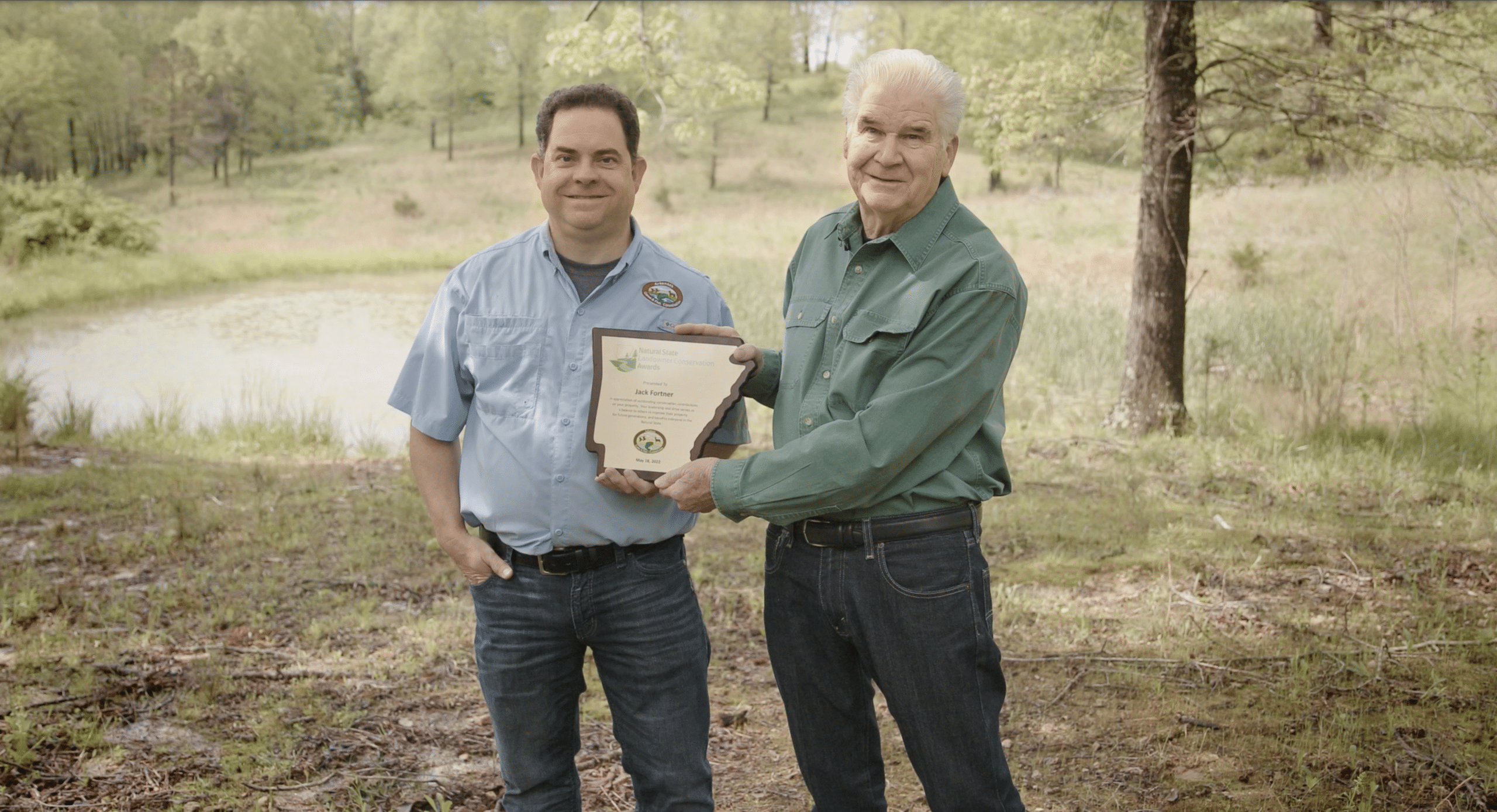
State Rep. Jack Fortner owns 50 acres in Marion County near Yellville. After years of raising cattle, he was looking for a new opportunity for his property. In 2018, Fortner enrolled 20 acres in the Acres for Wildlife Program. He planted native warm-season grasses for quail and turkey. He later conducted a prescribed fire with the assistance of the AGFC. He now advocates for other landowners and neighbors in the area in support of quail habitat improvements.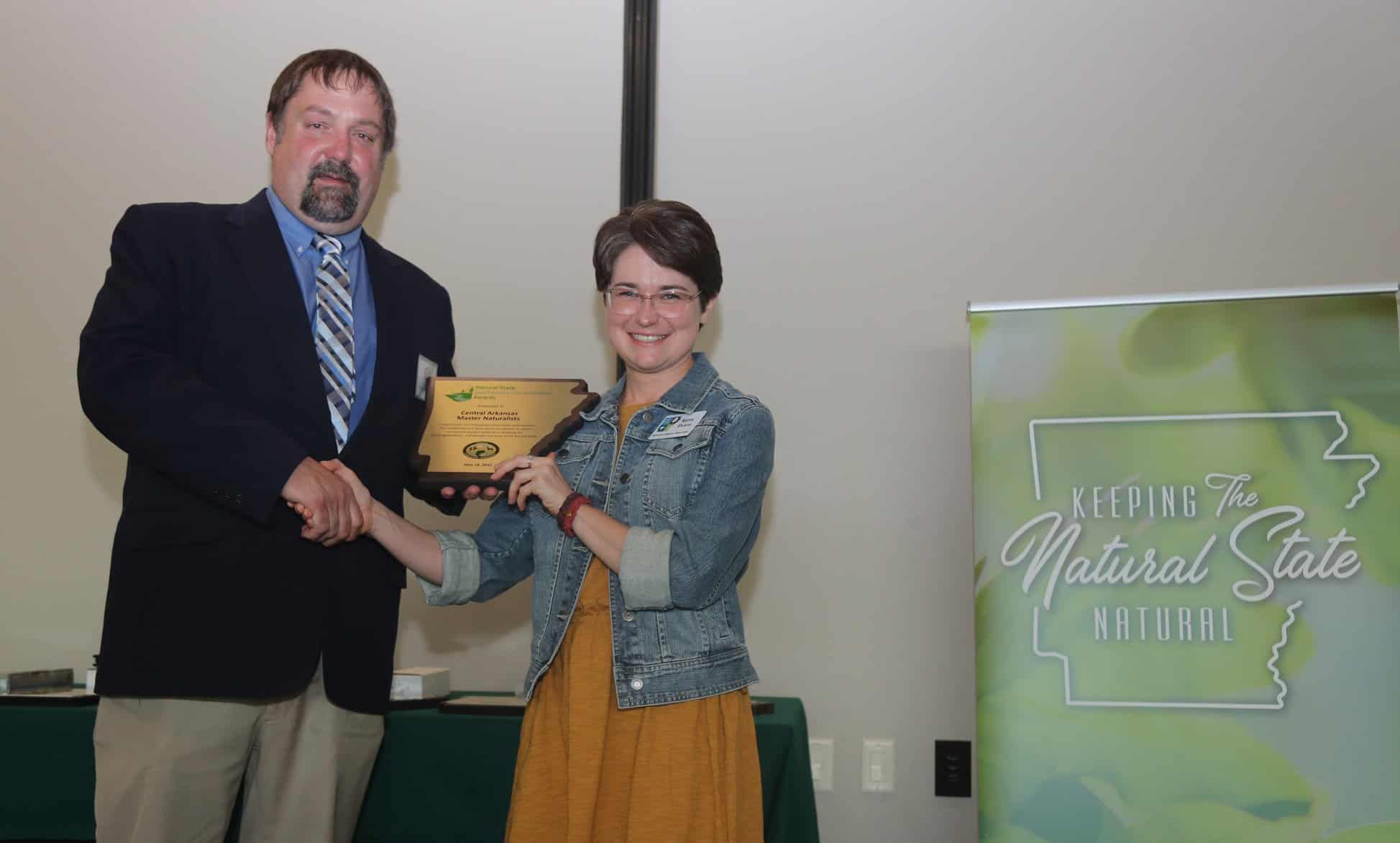
The Central Arkansas Master Naturalists were founded in 2006. During the last two years, they have removed more than 16,000 pounds of trash from Fourche Creek and adjacent bottoms using more than 272 hours of volunteer labor. They also have plans for streambank stabilization in several of Little Rock’s parks and are important partners to the Little Rock Parks and Recreation Department, Keep Little Rock Beautiful Commission and the Arkansas Game and Fish Commission.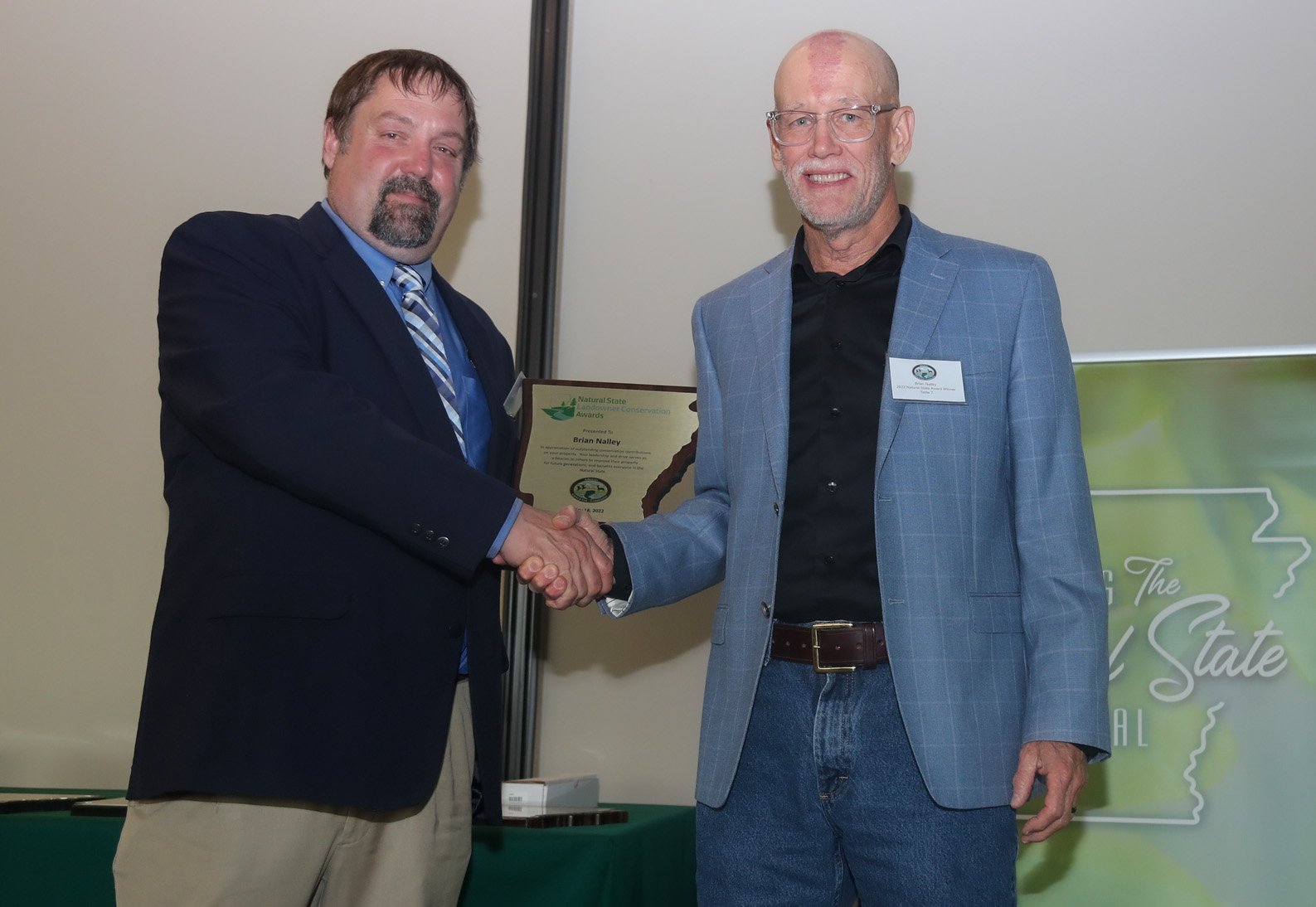
Brian Nalley owns 250 acres in Saline County that includes about 1 mile of riverbank on the Alum Fork of the Saline River, which is home to the federally threatened Arkansas fatmucket mussel. A conservation project on his property was funded by Section 6, Partners for Wildlife, the Southeast Aquatic Resource Partnership and the AGFC, as well as Nalley. In 2021 the Alum Fork of the Saline River was named by the National Fish Habitat Partnership as a Water to Watch. In addition to his conservation work on the property he calls Buckhorn Ranch, Nalley is the founder of the Saline River Watershed Alliance and was named a 2021 Champion of the Wild by Arkansas Wild magazine.
Wayne Gearhardt owns 250 acres in Randolph County that includes about 1 mile on the Eleven Point River. The river is home to the federally endangered Ozark hellbender as well as the coldwater crayfish, which is a state species of greatest conservation need. Gearhardt participated in a project on his property that was funded by a state wildlife grant, two farm bill programs and the AGFC to protect valuable riparian habitat for these and other wildlife species that depend on this location.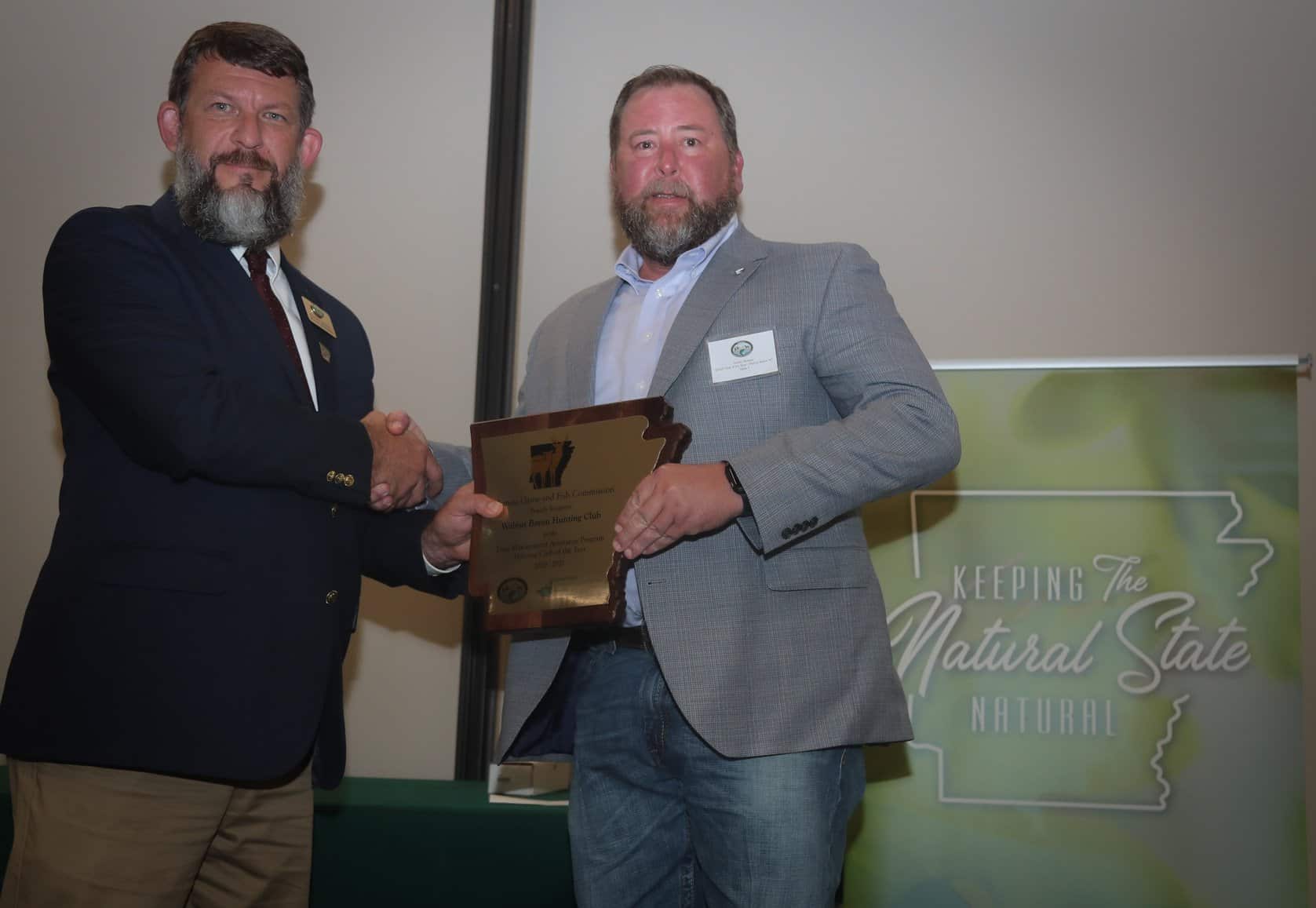
Walnut Bayou Hunting Club received the AGFC Deer Team’s Deer Management Assistance Program Club of the Year. The club first enrolled in DMAP, a special program devoted to increasing landowner awareness of scientific management of deer herds through hunting, in 2006. They manage 2,300 acres in Little River County for deer and other wildlife species adjacent to Palmetto Flats Natural Area. While the club has always been an outstanding member of the program, its efforts in collection of data, chronic wasting disease samples and hunter observations enabled the AGFC to upgrade its status in the program to facilitate more collaboration between biologists and hunt club members.
In addition to awards for the AGFC’s partners on private lands, two biologists were honored with special recognition for their work in guiding private lands conservation efforts in Arkansas.
Matthew Irvin, west-central stream habitat coordinator in Russellville, was given a special recognition award for his work in promoting and implementing streambank stabilization projects throughout his region, providing improvement plans on a total of 3,234 linear feet of sensitive streambank habitats and conducting boots-on-the-ground restoration projects on an additional 3,572 linear feet of streambank in the last year.
Calvin Wakefield, who is a private lands biologist in Calico Rock, received special recognition for his efforts in promoting valuable upland habitat during the last year. Wakefield led the agency in site visits with landowners, number of acres enrolled in habitat contracts, number of private land acres restored through controlled burns and most workshops and field days for landowners to learn more about habitat management. In the last year, Wakefield enrolled more than 28,400 acres in private land programs to benefit wildlife in his region.
The AGFC has a host of programs and biologists available to help landowners across the state manage their property to increase wildlife habitat and wildlife use. Visit www.agfc.com/habitat for more information about the AGFC’s habitat programs for private landowners as well as a list of contacts to have a biologist speak to you directly. For more info about future workshops for private landowners, also join the Facebook group at https://www.facebook.com/groups/arkplb.
Recent News
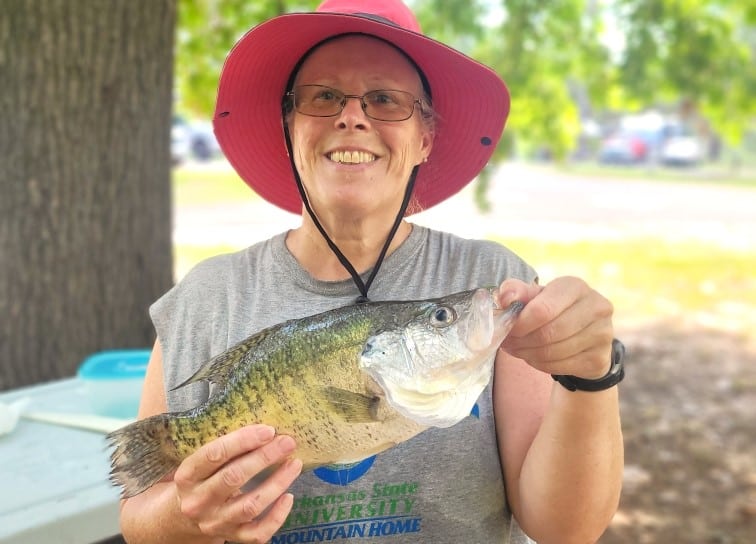
Arkansas Wildlife Weekly Fishing Report
Jul. 25, 2024
Subscribe to Our Weekly Newsletter E-mails
Don’t miss another issue. Sign up now to receive the AGFC Wildlife Weekly Newsletter in your mailbox every Wednesday afternoon (Waterfowl Reports are published weekly during waterfowl season and periodically outside the season). Fishing Reports arrive on Thursdays. Fill in the following fields and hit submit. Thanks, and welcome!

